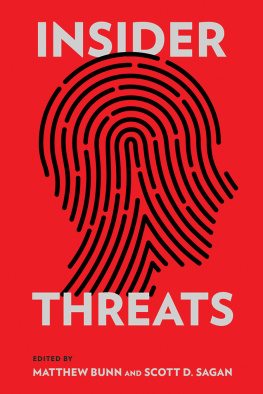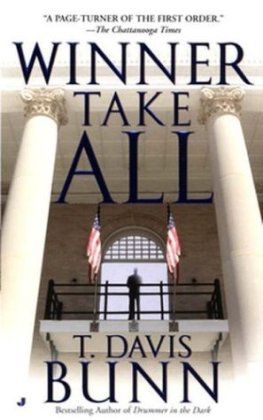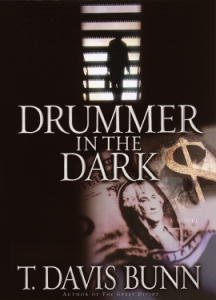Matthew Bunn - A Worst Practices Guide to Insider Threats: Lessons From Past Mistakes
Here you can read online Matthew Bunn - A Worst Practices Guide to Insider Threats: Lessons From Past Mistakes full text of the book (entire story) in english for free. Download pdf and epub, get meaning, cover and reviews about this ebook. year: 2017, publisher: Cornell University Press, genre: Politics. Description of the work, (preface) as well as reviews are available. Best literature library LitArk.com created for fans of good reading and offers a wide selection of genres:
Romance novel
Science fiction
Adventure
Detective
Science
History
Home and family
Prose
Art
Politics
Computer
Non-fiction
Religion
Business
Children
Humor
Choose a favorite category and find really read worthwhile books. Enjoy immersion in the world of imagination, feel the emotions of the characters or learn something new for yourself, make an fascinating discovery.
- Book:A Worst Practices Guide to Insider Threats: Lessons From Past Mistakes
- Author:
- Publisher:Cornell University Press
- Genre:
- Year:2017
- Rating:4 / 5
- Favourites:Add to favourites
- Your mark:
- 80
- 1
- 2
- 3
- 4
- 5
A Worst Practices Guide to Insider Threats: Lessons From Past Mistakes: summary, description and annotation
We offer to read an annotation, description, summary or preface (depends on what the author of the book "A Worst Practices Guide to Insider Threats: Lessons From Past Mistakes" wrote himself). If you haven't found the necessary information about the book — write in the comments, we will try to find it.
Matthew Bunn: author's other books
Who wrote A Worst Practices Guide to Insider Threats: Lessons From Past Mistakes? Find out the surname, the name of the author of the book and a list of all author's works by series.
A Worst Practices Guide to Insider Threats: Lessons From Past Mistakes — read online for free the complete book (whole text) full work
Below is the text of the book, divided by pages. System saving the place of the last page read, allows you to conveniently read the book "A Worst Practices Guide to Insider Threats: Lessons From Past Mistakes" online for free, without having to search again every time where you left off. Put a bookmark, and you can go to the page where you finished reading at any time.
Font size:
Interval:
Bookmark:
AND S COTT D. S AGAN
Arts and Sciences
Cambridge, Massachusetts
- Central Intelligence Agency officer Aldrich Ames sold secrets to the Soviet Union and Russia for almost ten years, compromising more than a hundred covert operations in exchange for $2.5 million before he was caught in 1994.
- FBI counterintelligence officer Robert Hanssen passed on classified information to the Soviet Union and Russia for twenty-two years, from 1979 to 2001.
- In 2012 and 2013, National Security Agency contractor Edward Snowdenwho had earlier worked for both the CIA and the Defense Intelligence Agencyleaked to the media thousands of classified U.S., British, and Australian documents about global surveillance practices and military operations.
- From 1968 to 1984, U.S. Navy chief warrant officer John Anthony Walker led a four-person insider spy ring that passed on classified information and codebooks permitting the Soviets to read encrypted U.S. military messages.
- In 1979, U.S. Air Force second lieutenant Christopher M. Cooke gave the Soviet Union the secret launch codes and flag words for the Strategic Air Commands nuclear ICBM force.
- In early 2010, U.S. Army private Chelsea Manning (then known as Bradley Manning) leaked some 250,000 classified diplomatic cables and 500,000 U.S. Army reports and documents from the Iraq and Afghanistan wars to the WikiLeaks organization, which then posted most of them on the Internet.
Font size:
Interval:
Bookmark:
Similar books «A Worst Practices Guide to Insider Threats: Lessons From Past Mistakes»
Look at similar books to A Worst Practices Guide to Insider Threats: Lessons From Past Mistakes. We have selected literature similar in name and meaning in the hope of providing readers with more options to find new, interesting, not yet read works.
Discussion, reviews of the book A Worst Practices Guide to Insider Threats: Lessons From Past Mistakes and just readers' own opinions. Leave your comments, write what you think about the work, its meaning or the main characters. Specify what exactly you liked and what you didn't like, and why you think so.












